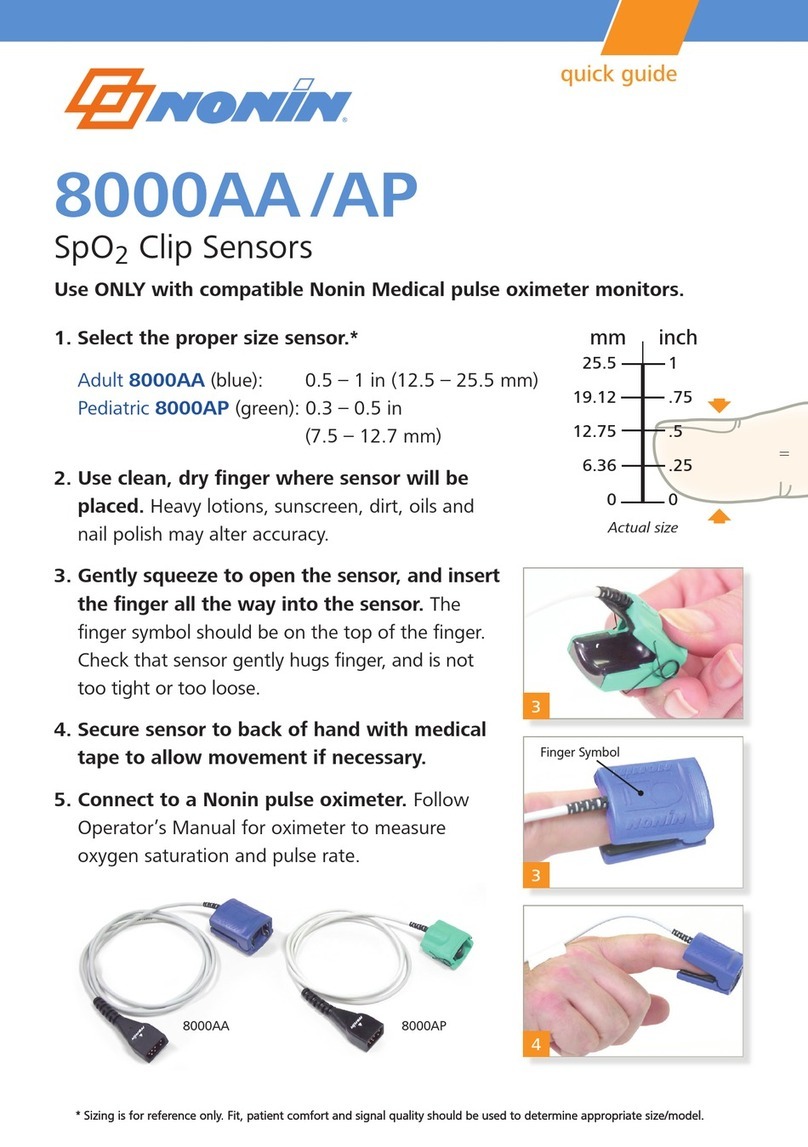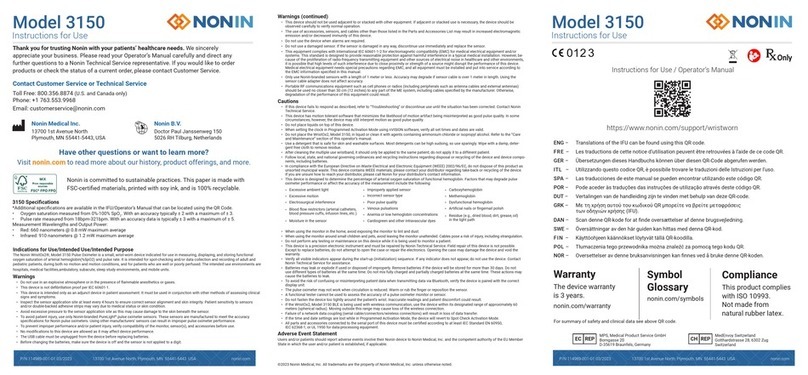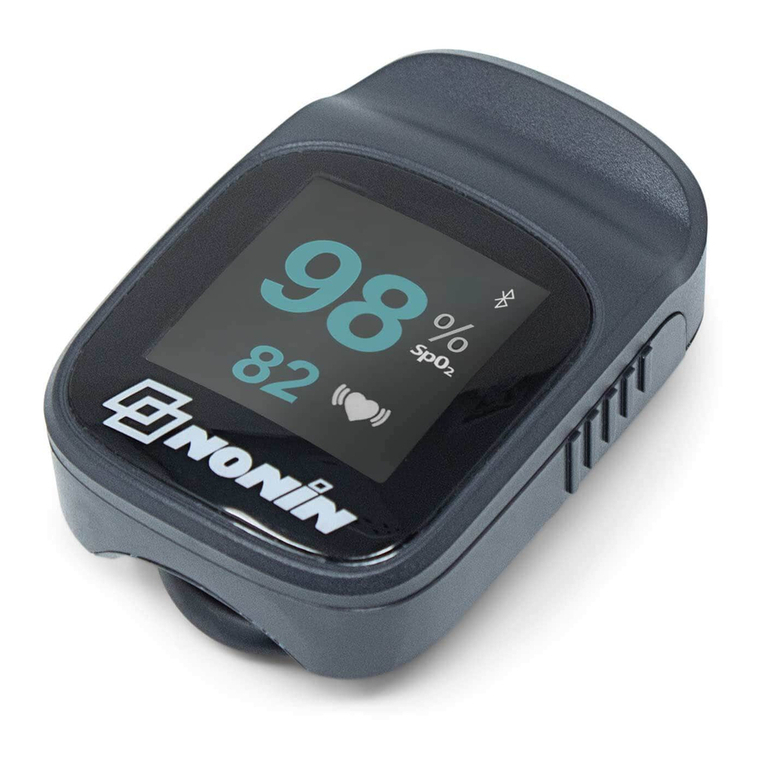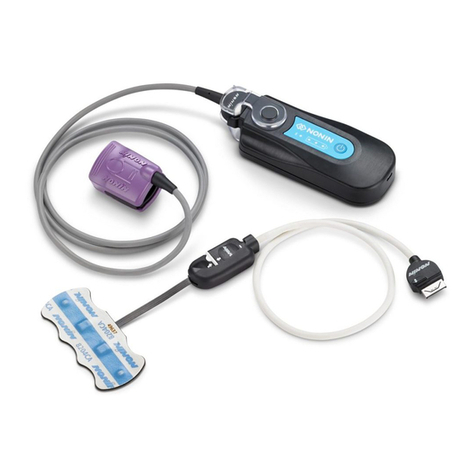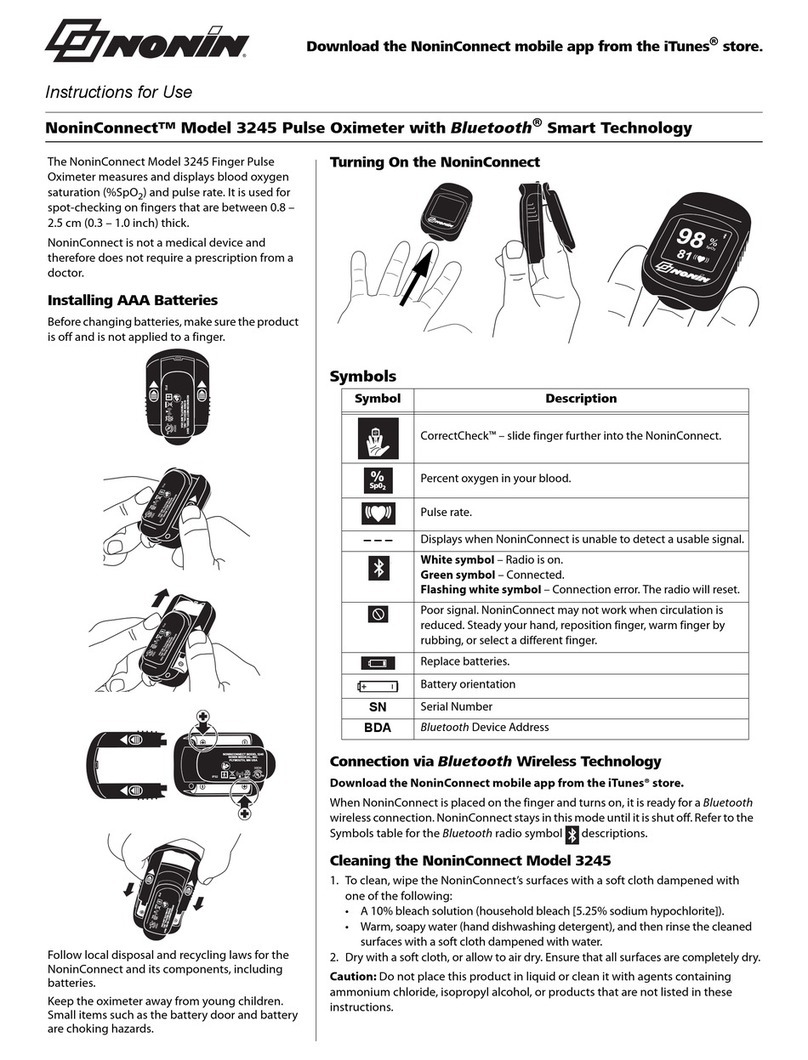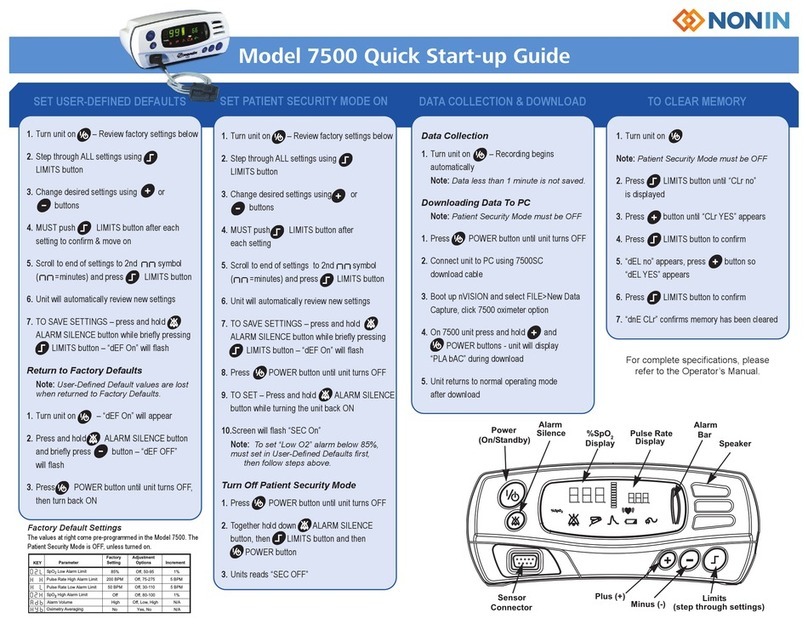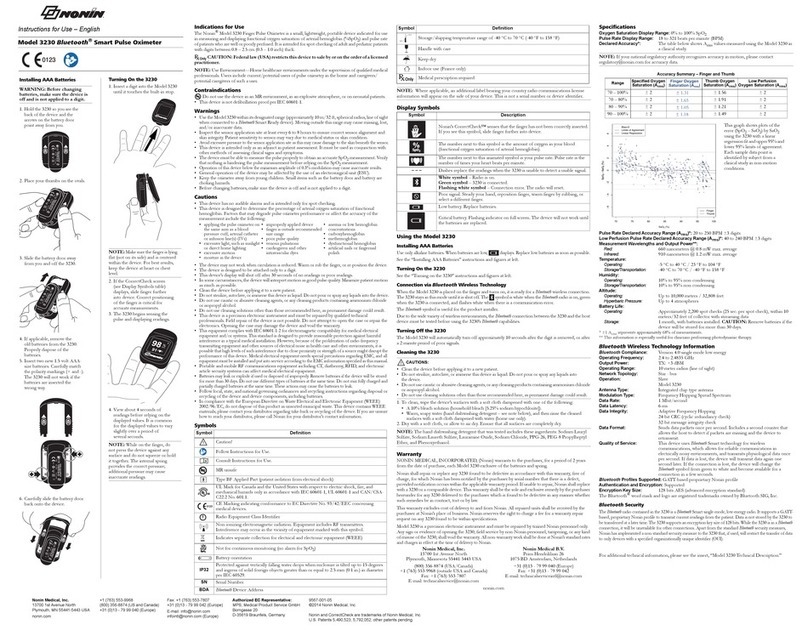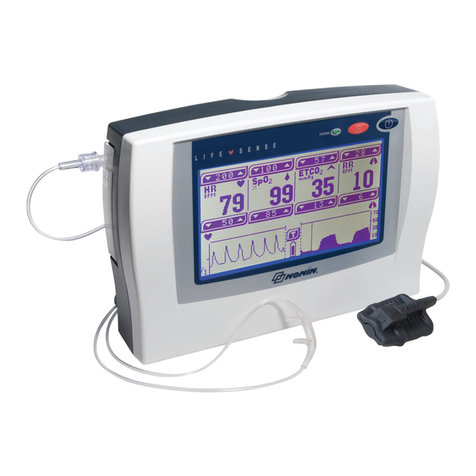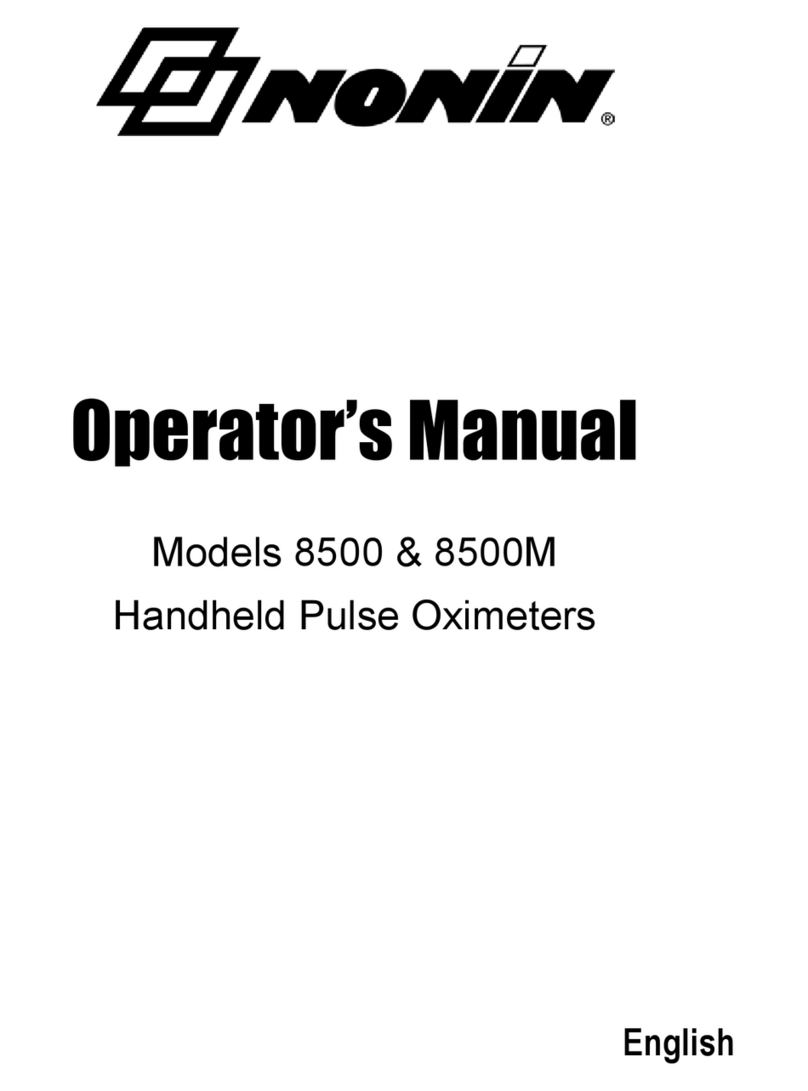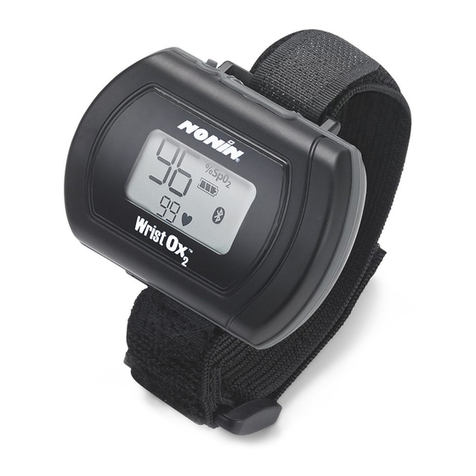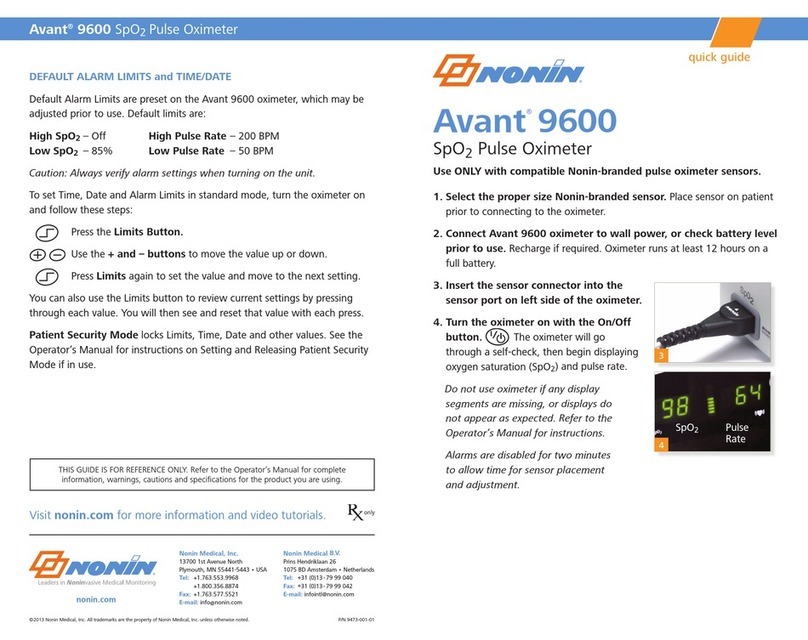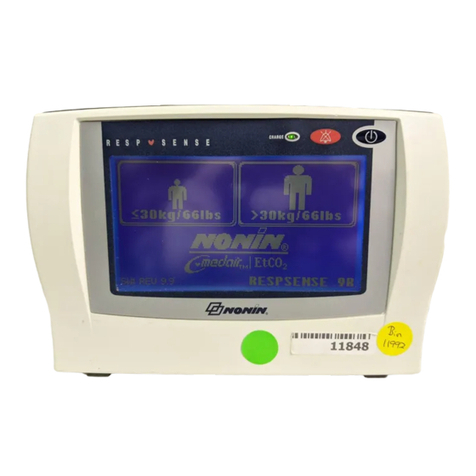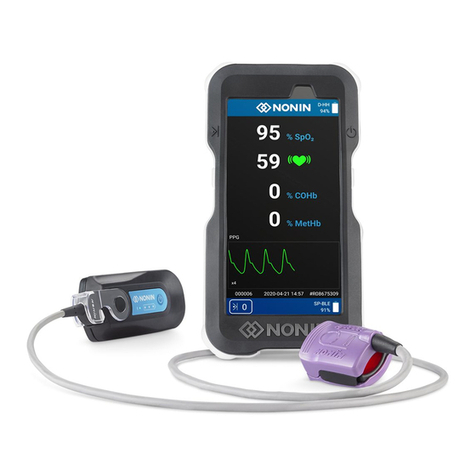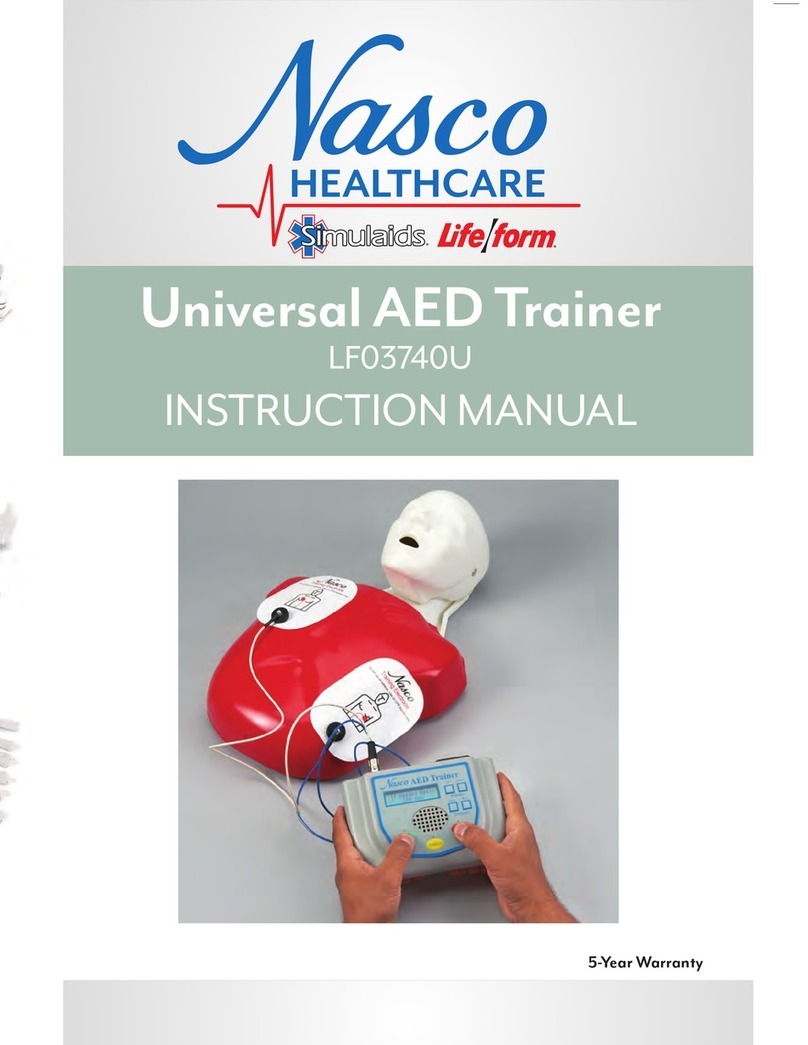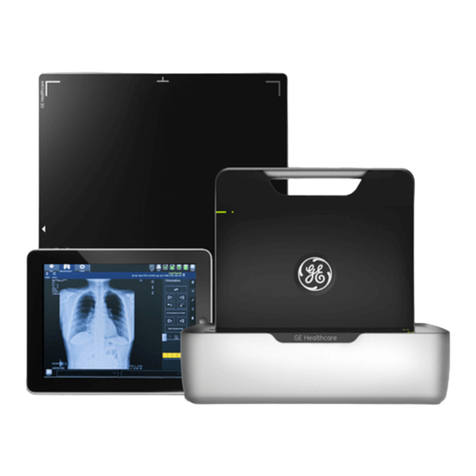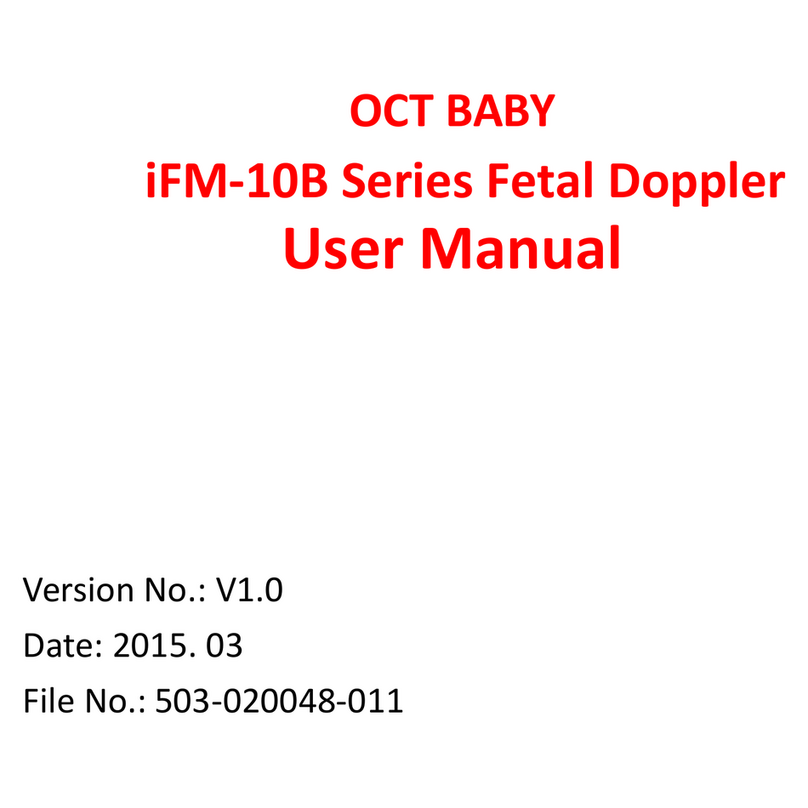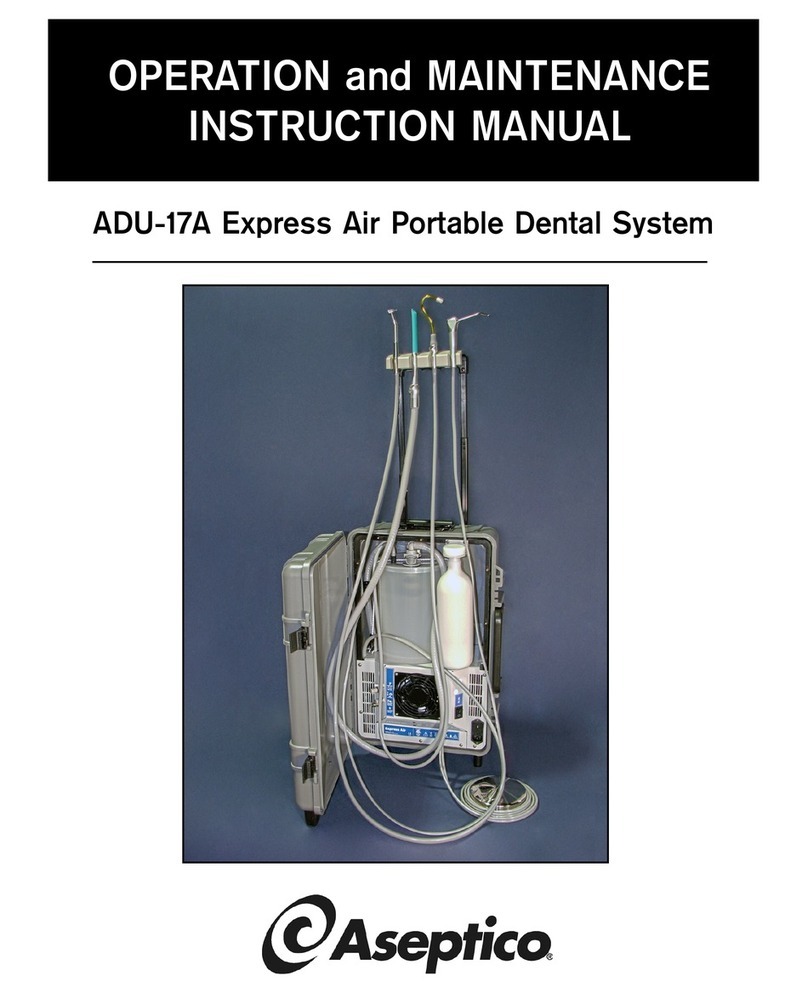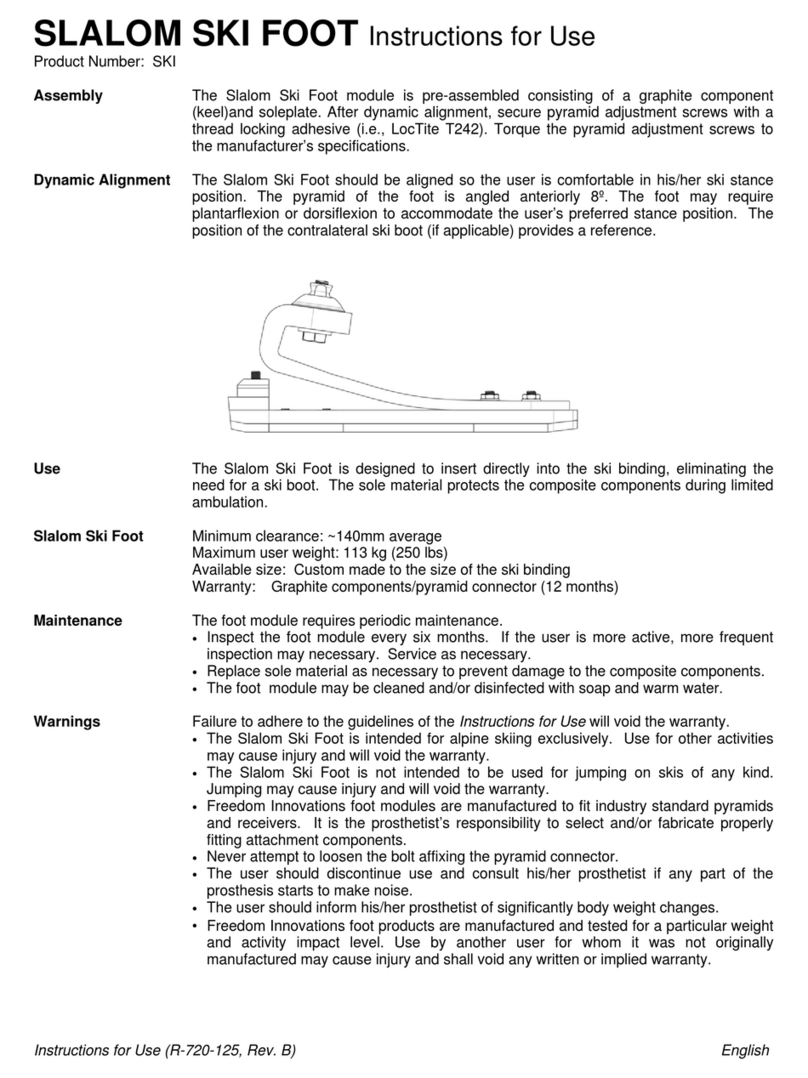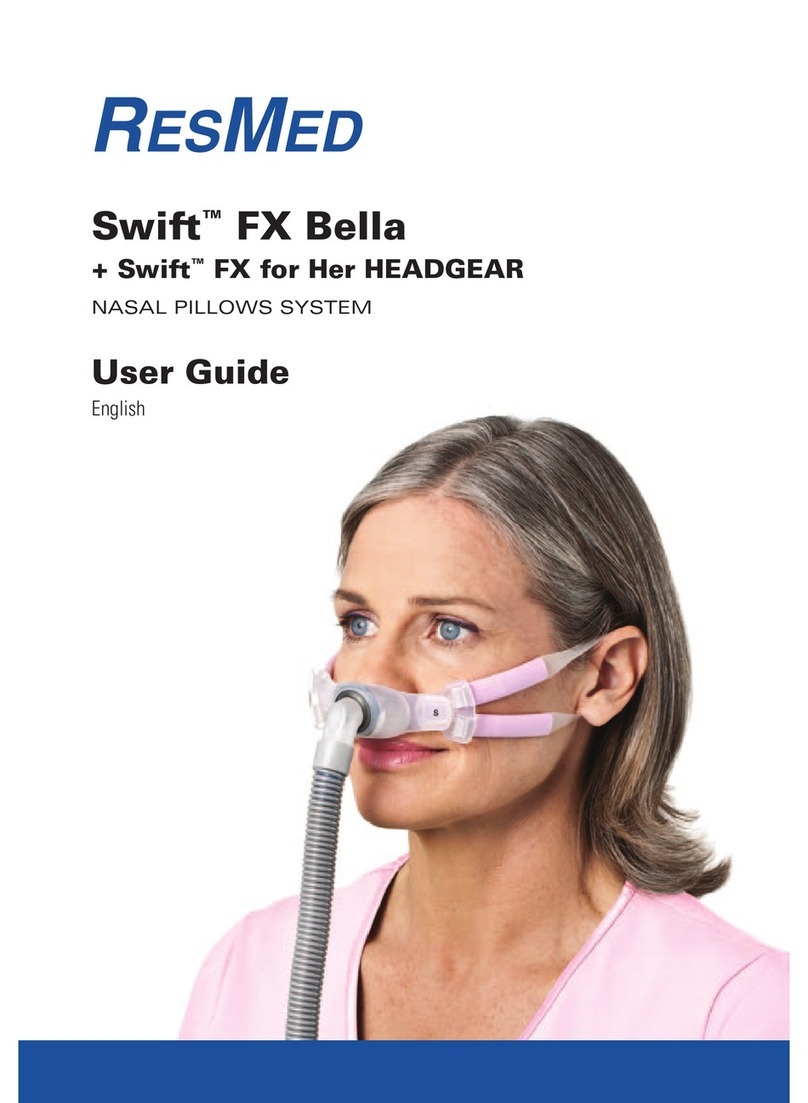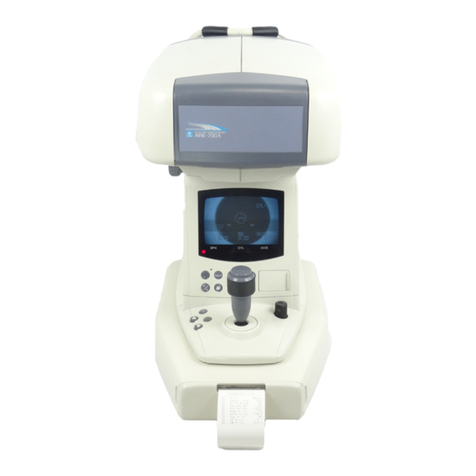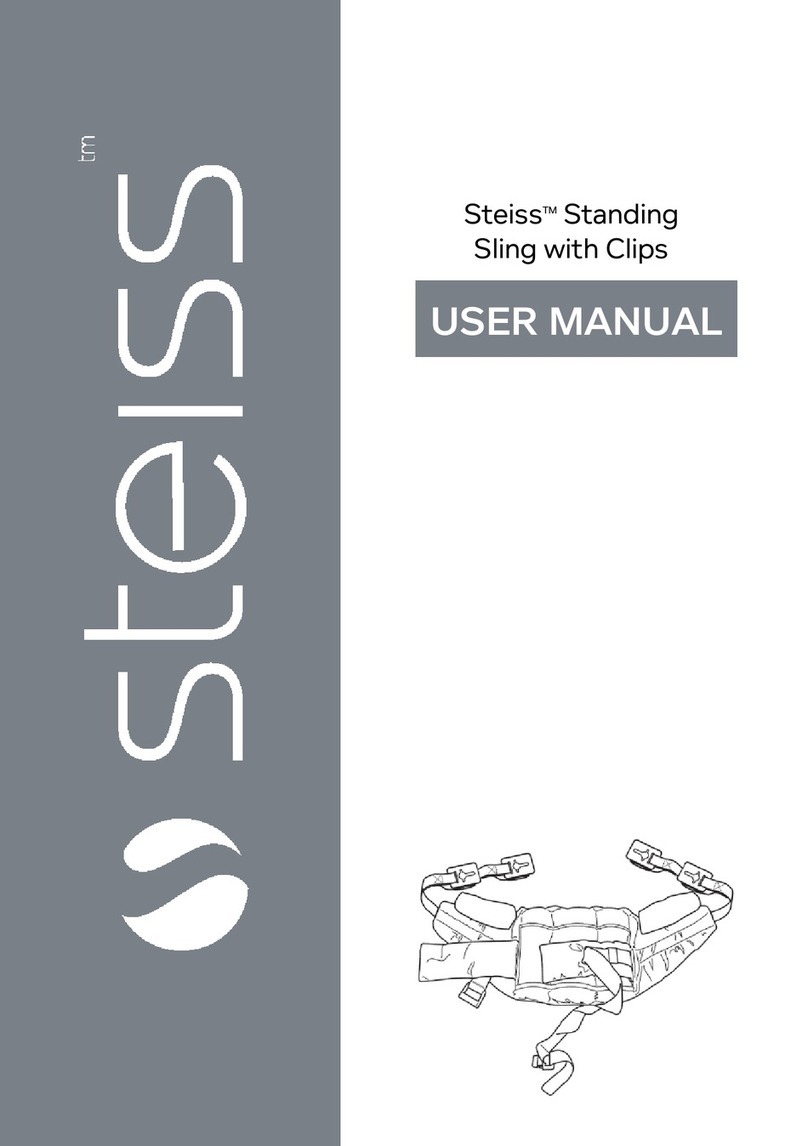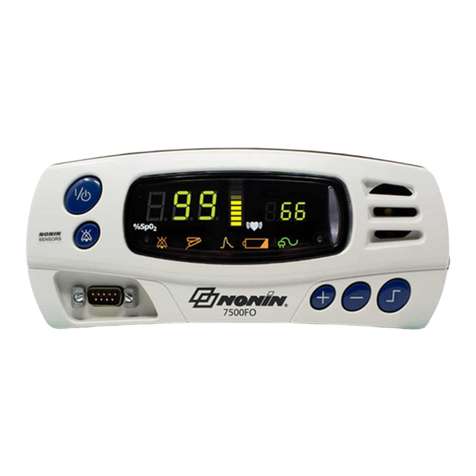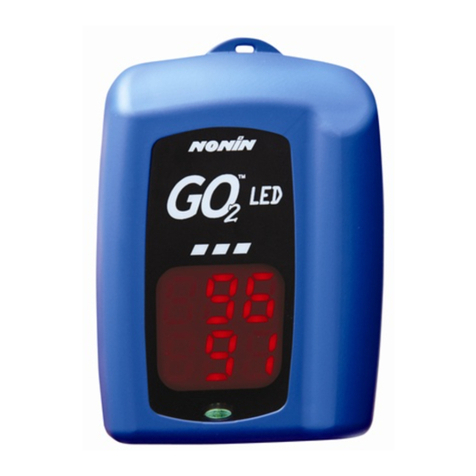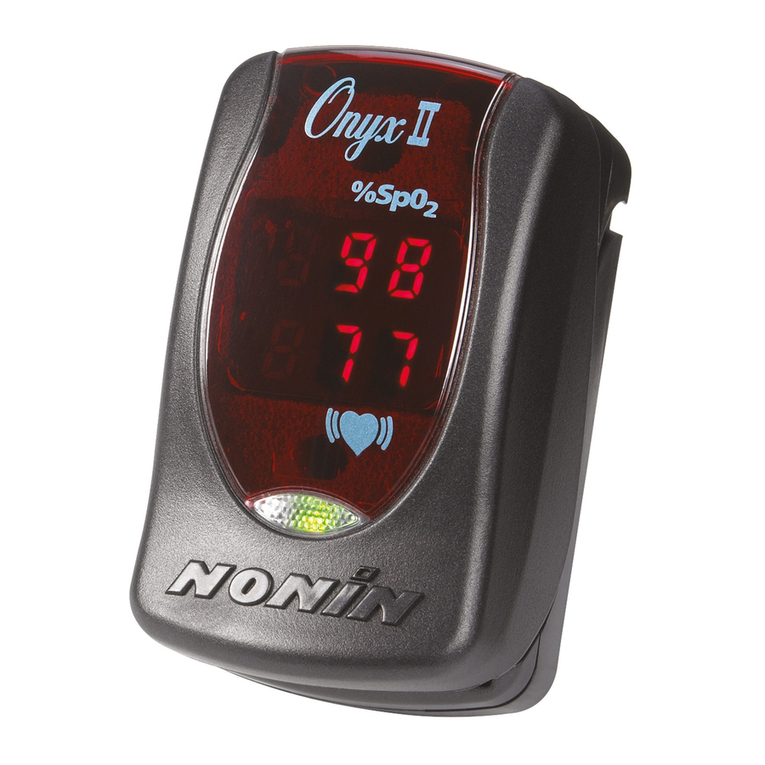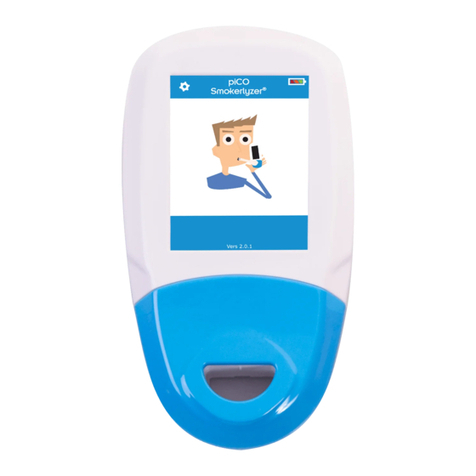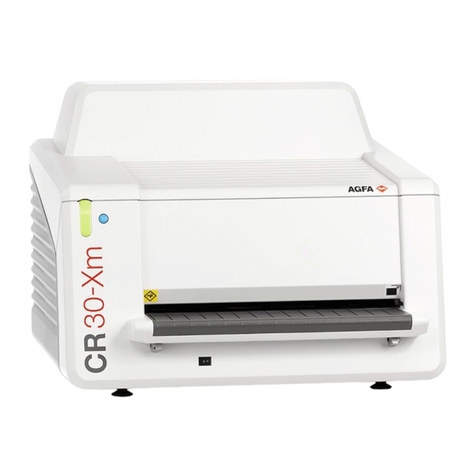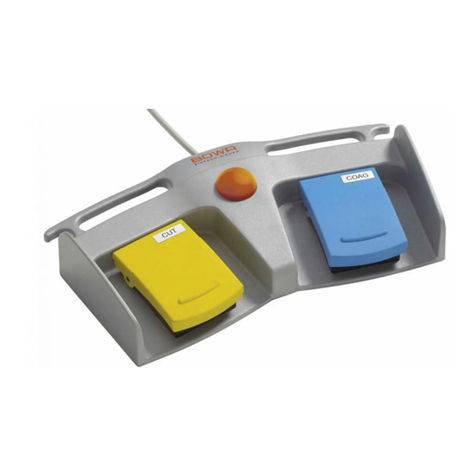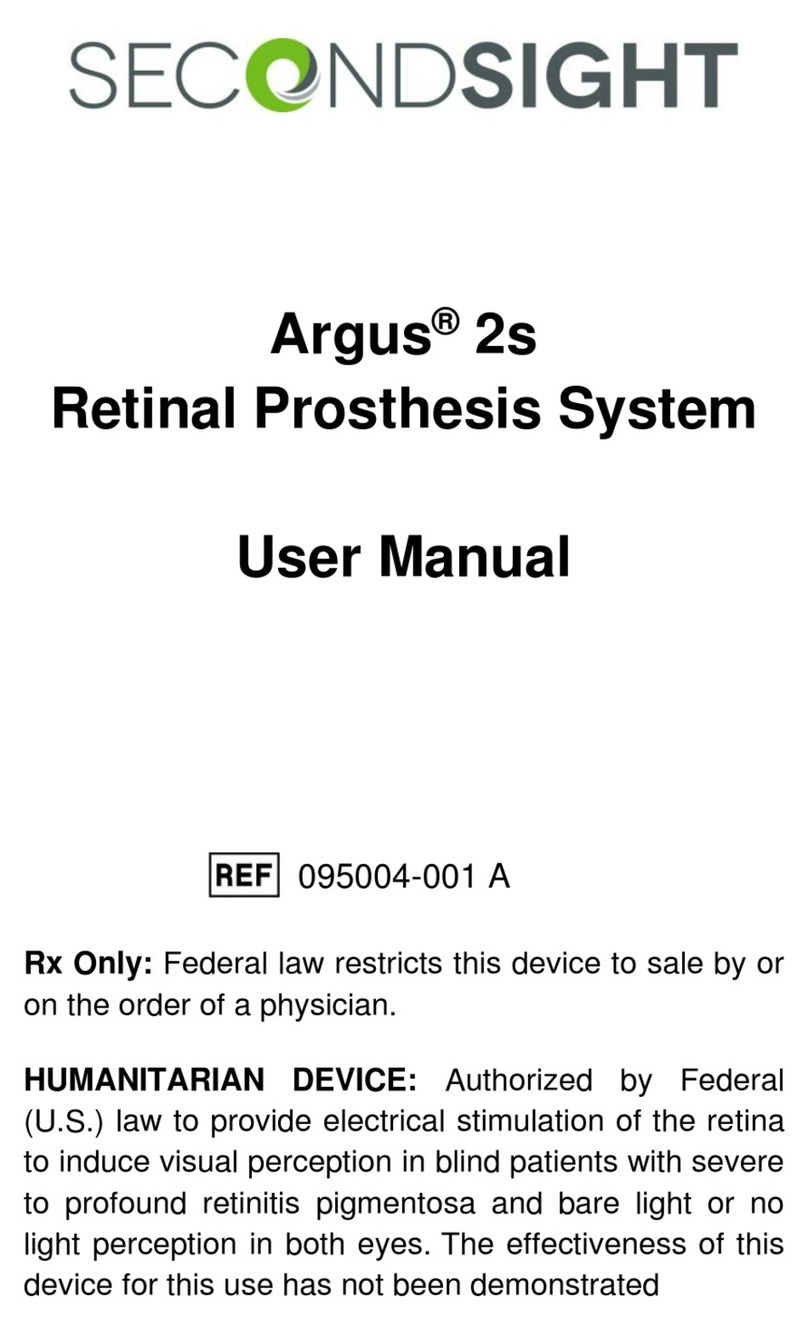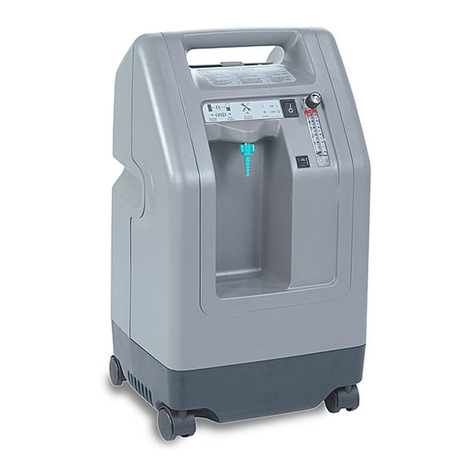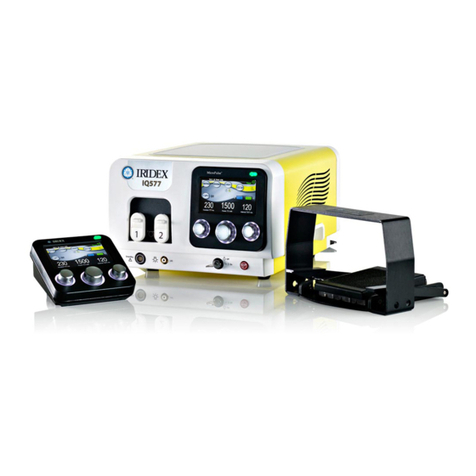
i
Contents
Indications for Use ........................................................................................ 1
Contraindications.................................................................................................... 1
Warnings ................................................................................................................ 1
Cautions ................................................................................................................. 2
Guide to Symbols .......................................................................................... 4
Displays, Indicators, and Controls............................................................... 5
%SpO2 Display....................................................................................................... 5
Pulse Rate Display ................................................................................................. 5
Numeric LEDs ........................................................................................................ 5
Indicators and Icons ............................................................................................... 6
Front Panel Buttons................................................................................................ 7
Installing the Batteries .................................................................................. 9
Operating the Avant 9600 ........................................................................... 10
Factory Default ..................................................................................................... 10
User-Defined Defaults .......................................................................................... 10
Operator Functions............................................................................................... 11
Basic Functions................................................................................................. 11
User-Defined Defaults ...................................................................................... 12
Advanced Functions ........................................................................................ 12
Option Switches.................................................................................................... 13
Nurse Call Feature ............................................................................................... 14
Alarms and Limits ................................................................................................. 16
High Priority Alarms.............................................................................................. 16
Medium Priority Alarms ........................................................................................ 16
Watchdog Alarms ................................................................................................. 17
Informational Tones.............................................................................................. 17
Reviewing Setting and Changing Alarm Limits..................................................... 17
SpO2 and/or Pulse Alarm Limits ....................................................................... 17
Pulse and Alarm Volumes................................................................................. 17
Serial Output Rates .............................................................................................. 18
Silencing Alarms................................................................................................... 18
Recalling Previous Settings.................................................................................. 18
Locked and Unlocked Alarms............................................................................... 19
Patient Security Mode .......................................................................................... 19
Viewing and Changing Patient Security Mode.................................................. 19
Error Codes .......................................................................................................... 20
Clearing Error Codes 06, 08, or 10 ................................................................... 20
Memory and Data Output Features ............................................................ 21
Memory Features ................................................................................................. 21
Using nVISION Data Management Software ....................................................... 21
Serial Patient Data Outputs .................................................................................. 22




















